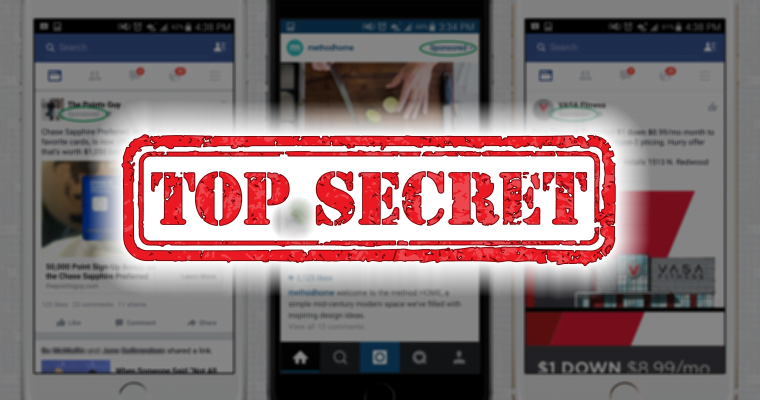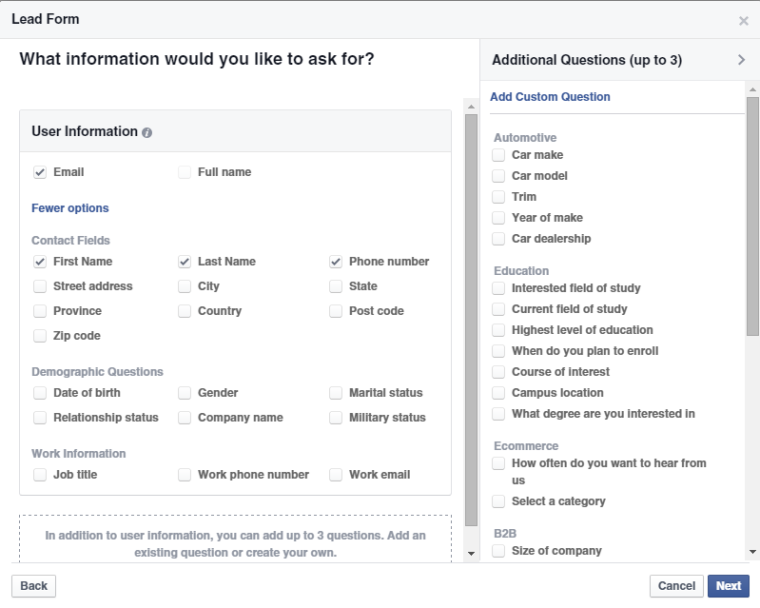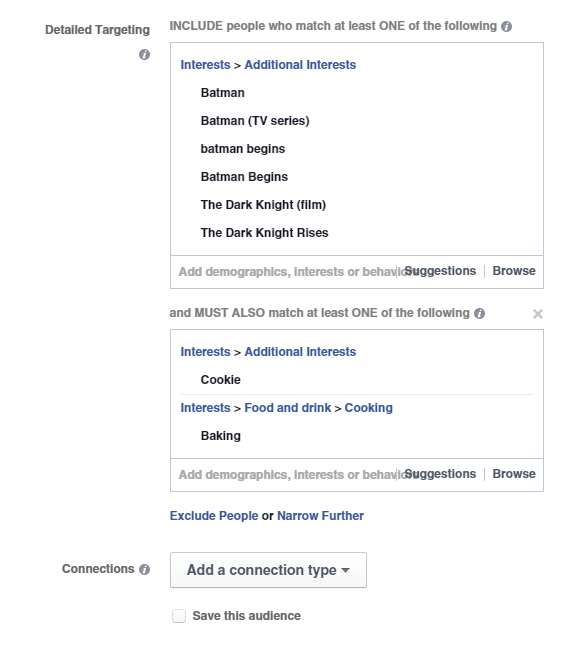

With a staggering 84% of internet users having at least one Facebook-owned account (Facebook, Instagram, Messenger, WhatsApp), it’s safe to say in many ways Facebook has taken over the world.
And while most of Facebook’s current growth is coming from “fast-growth markets” where Internet populations are expanding rapidly, recent findings indicate that roughly 72% of US adults who are online are Facebook users and 31% are Instagram users. Plus, nearly 3/4 of Facebook users and 2/3 of Instagram users active on these platforms DAILY!
What this adds up to for businesses is simple: regardless of your demographic, those customers are using Facebook and Facebook-owned properties regularly. This makes paid advertising on these platforms among the very best ways to reach potential customers with the right marketing message at the right time.
Facebook has made targeting relevant customers simple with a world-class ads platform that leverages the ability to target users according to a wealth of demographic, psychographic, and behavioral information that Facebook has collected (and bought) expressly for that purpose.
While all of this is no secret to most marketers, what is challenging for many is keeping up with blistering pace of innovation and change on the Facebook ads platform, as Facebook has been adding new features (and improving old ones) on almost a weekly basis for the last year.
So, in the spirit of sharing the “latest and greatest” features Facebook Ads has to offer, here are three recent and relevant updates to the Facebook Ads platform that many advertisers may not have noticed or may not be using yet:
1. You can Now Create Instagram Ads Through the Facebook Ads Platform
Recently released from public Beta on September 30th, Instagram Ads are now available worldwide to all advertisers through both Facebook Ads Manager and Facebook Power Editor.
Since targeting options for Instagram Ads are exactly the same as those for Facebook Ads, extending any targeting you’re already using for Facebook Ads onto Instagram should be simple. Or you can create new audiences for targeting using Custom Audiences or Facebook’s new “Detailed Targeting” (see below).
There are, however, a few differences worth noting:
- Instagram Ads are only currently only an option for four of Facebook’s 14 Campaign-level objective types: Website Clicks, Website Conversion, App Installs, and Video Views. As such, advertisers may have to add separate Instagram Campaigns to their accounts instead of simply adding Instagram as a Placement in current Ad Sets (segmenting into separate Campaigns, or at least separate Ad Sets, is probably advisable for tracking and reporting purposes anyway).
- Recommended Ad sizes differ from those on Facebook. Instagram recommends using square ad images that are 1080 by 1080 pixels for both image and carousel ad formats.
- If Instagram targeting is not viewable as an option in Power Editor, a “manual reset” of Power Editor may be required for it to show up (this can be done using “Help” -> “Reset Power Editor,” found at the top right in the interface.)
2. You can Now Create Lead Ads that Allow Users to Fill out a Contact Form Without Leaving Facebook
On October 7th, Facebook announced that the Lead Gen Ads format they’ve been testing since July is now open to all advertisers.
This format integrates a lead signup form directly INTO Facebook Newsfeed Ads (mobile only). Once ads are clicked on, a customizable lead gen form opens with the user’s Facebook contact information (pre-populated, but can be edited by the user), allowing users to sign up for an email list/free consultation/etc. with a single click, and WITHOUT ever having to visit an advertiser’s landing page.
Having this lead capture functionality integrated directly into the ad units themselves provides a seamless user experience for the subscriber, and some lead gen advertisers are reporting 4X reduction in CPLs versus their previous social advertising efforts.
The biggest drawback of this ad format at present is the difficulty of lead retrieval, as Facebook does NOT currently deliver these ads by email or have the ability to push them to most CRMs via API (only a few are supported). For the time being, advertisers will have to manually download these leads in spreadsheet format from the “Publishing Tools” section of their Facebook Page.
As with the new Instagram targeting feature, if the option to launch a Lead Gen Ad Campaign is not available as an option in Power Editor, a “manual reset” of Power Editor may be required.
3. You can Now Use Detailed Targeting to Expand or Narrow Audience Targeting
In late October, Facebook Ads very quietly rolled out a long-awaited change to their Ads Targeting system that dramatically improves the ability advertisers have to narrow ad targeting down to very specific audiences.
The update, called “Detailed Targeting,” adds more filtering fields to the Facebook ads interface, giving advertisers the ability to use as many filters as they’d like to either ADD or EXCLUDE additional Interest/Demographic/Behavior characteristics for each audience being targeted.
Now, with each additional filtering field added, advertisers can select either the “Expand Audience” option (the “OR” logic function, which until now has been the only option for Interest targeting) or the “Narrow Audience” option (the “AND” logic function) in order to make audiences more specific and improve targeting:
The most important improvement is how the new logic engine allows advertisers to target users based on MULTIPLE overlapping “Interests” for the first time. This improved targeting allows relevant ads to be served to the most specific audience possible, and should thus improve ad performance for all advertisers using it.
As mentioned previously, if “Detailed Targeting” options don’t appear to be available through Power Editor, a “manual reset” is likely needed to get them to show up.
Conclusion
These features are just the latest (and some of the most exciting) in a string of Facebook Ads updates that show how dedicated Facebook is to improving the Ads experience for both users and advertisers. Testing these updated features, and others like them that are likely to be released over the coming weeks and months, promises to make 2016 a very exciting year for Facebook advertisers who are willing to invest in testing new functionality.
[“source-searchenginejournal”]




